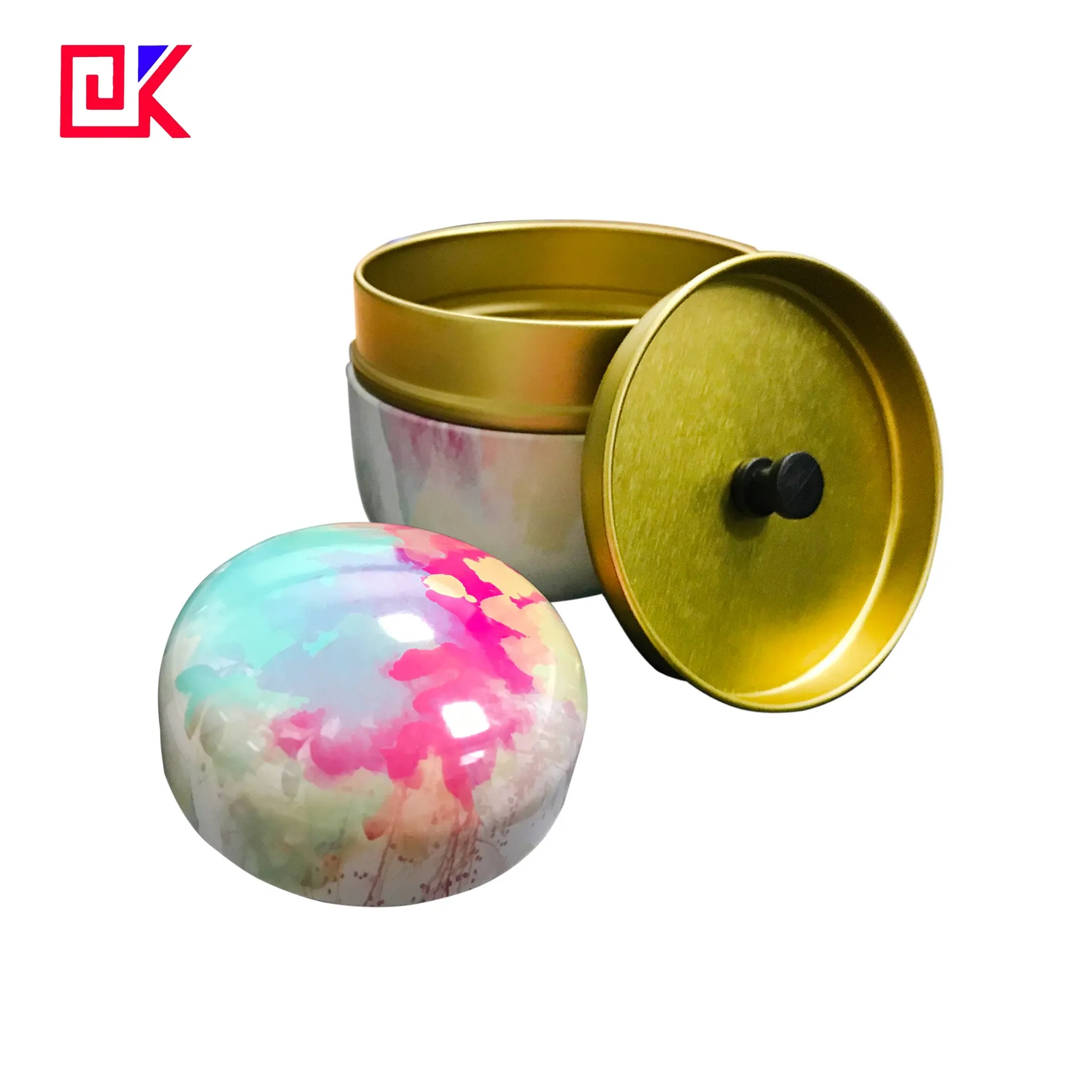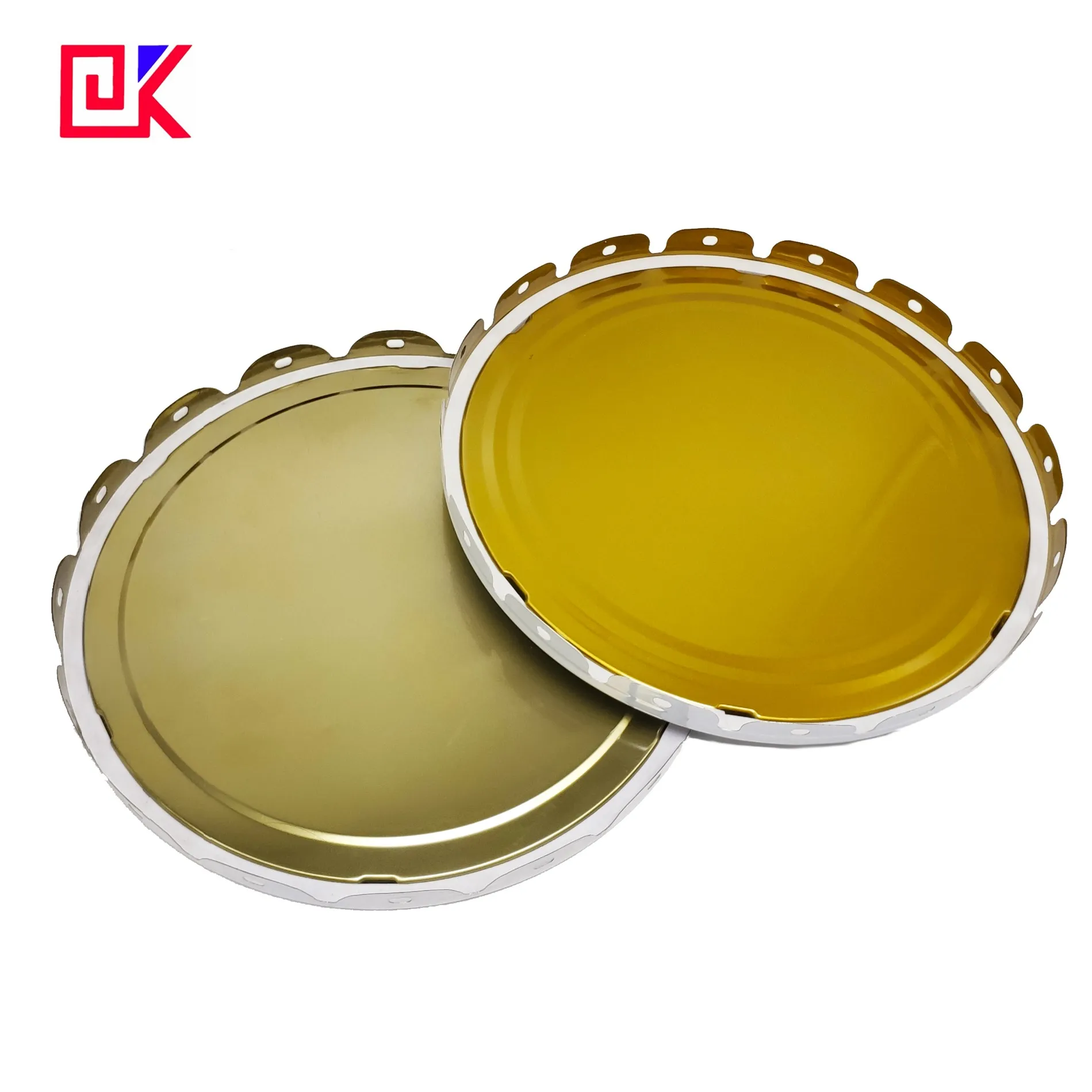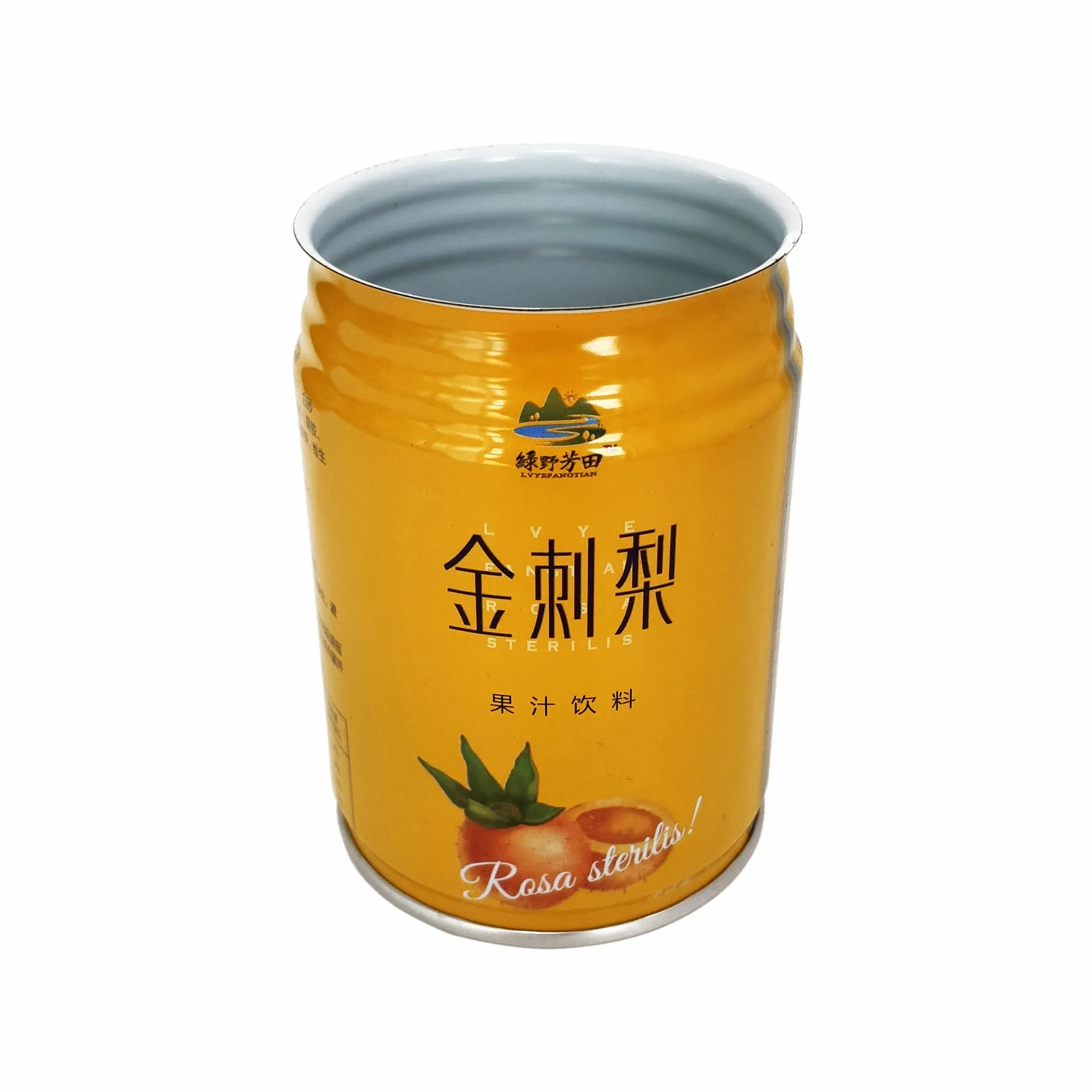With the continuous development of the food industry and metal packaging technology, tinplate food cans have long become an indispensable packaging format. From canned luncheon meat and fruit to powdered coffee and milk, tinplate cans are widely popular in the global market due to their excellent sealing and strong corrosion resistance.
At the same time, the unique structural advantages of "cones and domes," widely used in the aerosol, chemical, and cosmetics industries, have sparked a curious question among industry insiders:
——"Can cones and domes be used as food cans?"
This may seem like a simple technical question, but it involves multiple issues, including food safety, material edibility, packaging standards, and design compatibility.

What are cone and dome structures?
What types of cans were they first used for?
In the metal packaging industry, "cones and domes" refer to a superstructure design commonly used in aerosol cans:
· Cone: The tapered transition between the can body and the top, typically used for structural reduction, pressure guidance, or valve assembly.
· Dome: A domed top structure that provides pressure distribution and valve mounting.
This structure first appeared in three-piece tinplate aerosol cans, improving the can's pressure resistance and sealing performance. It is widely used in medical sprays, car care products, and household cleaning sprays.
However, precisely because of their superior pressure-bearing, safety, and sealing qualities, some packaging engineers have begun to wonder:
——"Can tinplate cones and domes also be suitable for food packaging cans?"
Can tinplate cones and domes meet food safety standards?
This is the primary question in determining whether a conical structure can be used in food cans. According to international food packaging industry standards, food can materials must meet the following requirements:
· Non-toxic, odorless, and release no heavy metals or harmful substances;
· Excellent acid, alkali, and corrosion resistance;
· Suitable for high-temperature sterilization and storage stability;
· Certified for food contact with the FDA (U.S. Food and Drug Administration) or EU No. 10/2011.

Does tinplate meet these requirements?
——The answer is: Tinplate itself is one of the top choices for food-grade packaging materials.
1. It's made from a low-carbon steel base plate electroplated with a tin layer, which effectively prevents rust from coming into contact with food.
2. If combined with a food-grade coating (such as epoxy phenolic or polyester coating), its safety fully meets international standards.
Conclusion: Tinplate cones and domes can theoretically be used for food can packaging, as long as food-grade tinplate is used and a compliant coating is applied.
Why don't traditional tinplate food cans use cones and domes?
This involves two aspects: design compatibility and processing cost:
1. Food cans are mostly straight-walled, facilitating filling and stacking
Most tinplate food cans use a straight-walled cylindrical structure because:
· It offers higher capacity utilization;
· It's easier to automatically fill and seal cans;
· It's easier to stack and store during storage and transportation.
Cones and domes, however, exhibit some structural deformation and are unsuitable for filling foods with high viscosities or large particle sizes.
2. Cones and domes require special molds, resulting in higher costs
Production of cones and domes requires specialized stamping equipment and molds, making them far more complex than conventional can lids. Without functional requirements (such as pressure resistance and spray control), they are not economical.
In what food packaging applications do cones and domes offer advantages?
While not suitable for universal replacement of traditional cans, the structural characteristics of cones and domes may offer unexpected benefits in certain specific food packaging applications.
Scenario 1: Gas-Powered Food Spray Cans
For example:
· Edible Oil Spray (Olive Oil Spray);
· Whipped Cream Spray;
· Chocolate Spray, etc.
These products use a propellant gas to spray their contents, effectively employing a structural design similar to that of aerosol cans. In these applications, tinplate cones and domes not only withstand internal pressure and facilitate nozzle installation, but also offer high sealing performance and aesthetic appeal.
Scenario 2: New Food Preservation/Fermentation Products
With the development of cold chain and functional foods, some new packaging is experimenting with incorporating micro-pressure structures to activate fermentation cultures or release carbon dioxide upon opening to preserve freshness. The pressure resistance of cones and domes may be of interest in these applications.

How can tinplate food cans with cones and domes ensure airtightness?
——Sealing is the core issue in food packaging!
Traditional food cans rely on roll-on lids for sealing, while cones and domes are primarily used for high-pressure sealing applications, such as aerosol cans and two-piece beverage cans.
If used in food can designs, it is essential to:
· Use food-grade roll-on adhesive (BPA-free sealant);
· Optimize the seam structure between the cone and the can body to prevent edge leakage;
· Conduct multiple rounds of sealing tests (thermal expansion, vacuum, micro-leakage, etc.);
· Consider explosion-proof devices or pressure-regulating valves (such as in cream spray cans).
How can tinplate cones and domes be sustainable and environmentally friendly?
Environmental protection is an unavoidable topic for the future packaging industry. It's worth noting that:
· Tinplate is a 100% recyclable metal material, non-toxic and pollution-free;
· Cones and domes seamlessly integrate with existing metal recycling processes;
· Lightweight design reduces overall metal usage;
· High-efficiency spray-type food packaging can actually reduce usage and waste.
Thus, tinplate cones and domes have considerable potential for application in green food packaging.
Will cones and domes become mainstream in future food packaging trends?
While it's difficult to predict, the following signs support their potential:
· Diversified food functionality: Spray-type, portioned, and portable foods are becoming increasingly popular;
· Increasing demand for differentiated packaging design: Brands are increasingly pursuing unique appearances;
· The integration of functional materials and structures: Pressure resistance, sealing, and high-temperature resistance are gradually merging.

Which companies are exploring similar structures?
Some multinational food companies, such as Nestlé, Mondelez, and Unilever, have already used spray cans with conical caps or similar structures for products like metered spray cream and aerated whipped foods. Most are made of aluminum, but there are also attempts to migrate to tinplate structures to reduce costs and increase rigidity.
Cones and domes may become the "next big thing" in food packaging
Although the use of tinplate cones and domes in food packaging is still niche or experimental, their unique structural advantages, excellent metal properties, and recyclable environmental properties make them an ideal choice for certain functional tinplate food cans.
In the future, as food technology, packaging design, and consumer demand converge, cones and domes may gradually break through the boundaries of traditional food cans and open up new opportunities.
If you are:
1. A food packaging R&D engineer;
2. A brand manager for gift-giving foods;
3. A functional food or aerosol food entrepreneur.
We welcome you to explore the new trend of tinplate cones and domes in food packaging. You can also contact us for more information on tinplate food can structural design solutions and compliance certification processes.
Can I get customized aerosol cans and tinplate products at low prices?
Absolutely. Dekai specializes in customized tinplate and aerosol can manufacturing. Whether you require a custom logo, specific size, or a particular coating, our factory in Guangdong offers OEM and ODM solutions. We also support bulk purchasing at discounted prices.
Get in touch to receive your customized quote today from one of China's top tinplate packaging suppliers.

